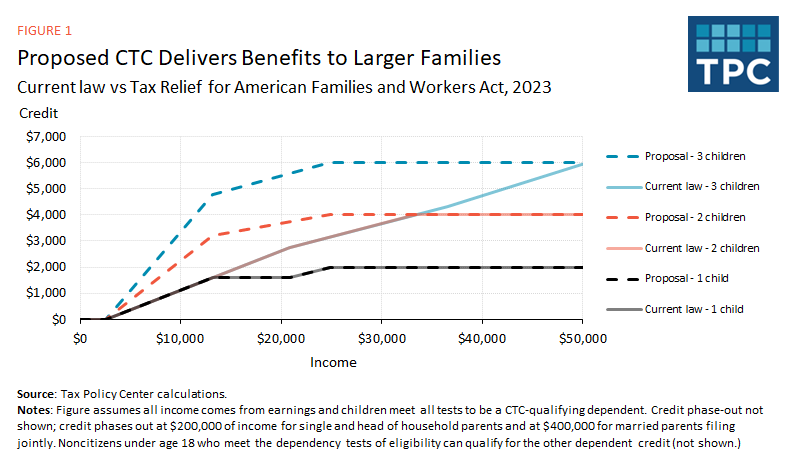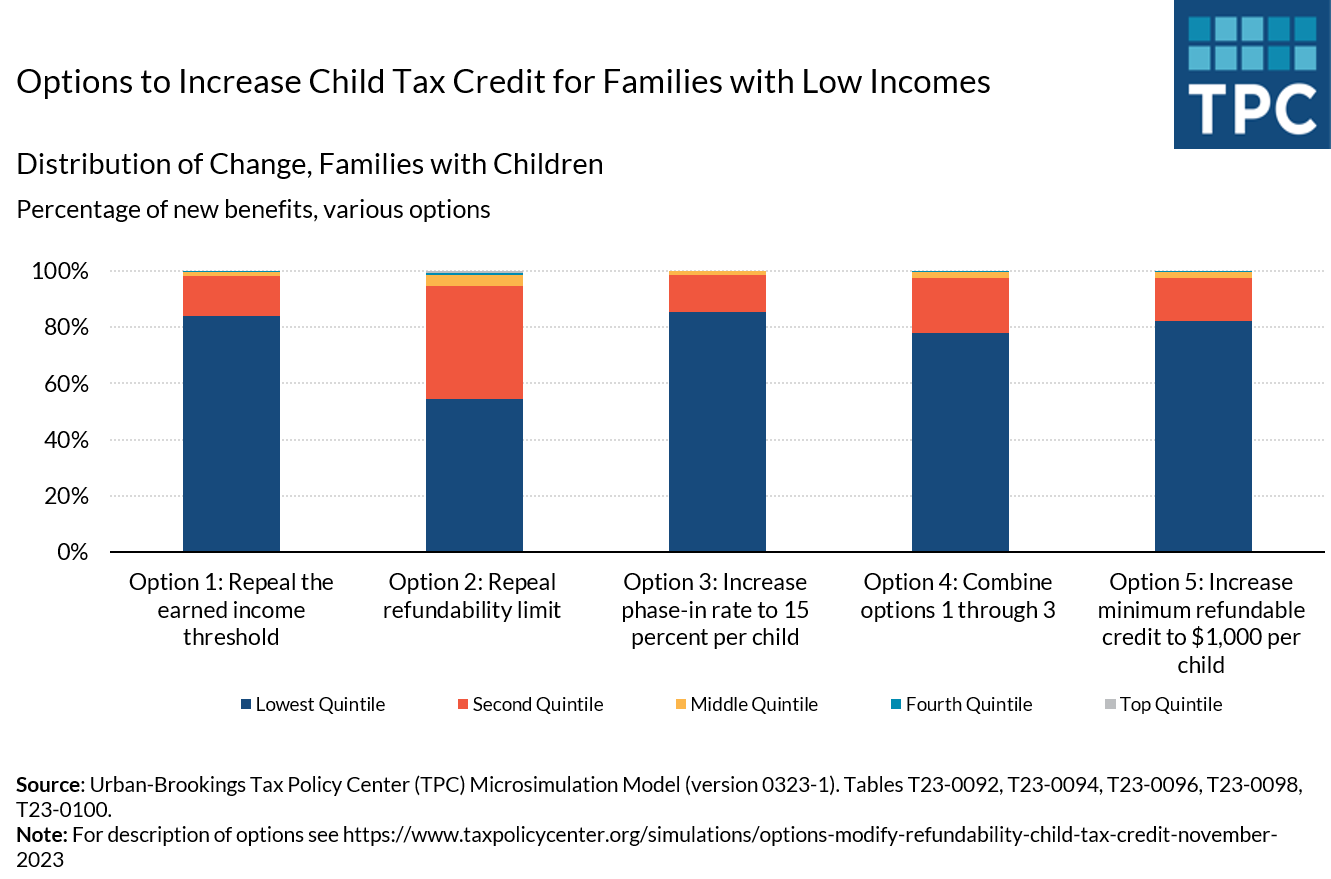Another Year Would Enable Direct File to Prove Its Worth to The IRS And Congress
How did you file your tax return this year? Paid a preparer? Bought software? Did you, like me, use the fillable forms on the Internal Revenue Service website and file electronically for free?
Or, did you use Direct File, a pilot launched by the IRS in mid-March in 12 states? Unlike the fillable forms on the IRS website, Direct File guided taxpayers through the preparation of their returns. About 19 million people with relatively simple tax returns could file for free with Direct File on the IRS website. But, only about 140,800 filers used it.
So, it flopped, right? That’s the opinion of Newsweek: “IRS Failure as Tax Filing Numbers Revealed.”
No, it was a game-changer, proclaims The New Republic: “The IRS Finally Cracked the Code on Making Tax Season Suck Less.”
My take: It’s too soon to declare failure or success. This year was about beta-testing, and Direct File appeared to pass. Another year will tell us more.
To get the most out of the pilot, the IRS should resume Direct File at the start of the 2025 filing season, expand the number of eligible taxpayers, and initiate rigorous evaluations of the user experience and program costs.
From Free File to Direct File
Direct File has its origins in Free File. Free File was established in 2002 as a partnership between the IRS and commercial tax preparation companies. In the Free File Alliance, the preparation companies would offer free online tax filing services to people based on their income, age, and residence, with some oversight by the IRS. The IRS agreed not to develop comparable free filing software to entice companies to participate.
But many taxpayers found it difficult to access Free File. Instead, critics said that some companies’ websites often led taxpayers to for-fee services. By 2019, Free File Alliance’s practices and the IRS’s oversight came under increased scrutiny by the press, the Treasury Inspector General for Tax Administration, and state attorneys general. While 70 percent of taxpayers were eligible to use Free File, only 3 percent (about 2.5 million) participated in 2020. Intuit and H&R Block dropped out of the alliance in 2020, though both continue to provide free filing services for some people.
Along the way, the “no-compete” clause in the agreements between the IRS and the Free File Alliance was dropped, and the Inflation Reduction Act of 2022 provided the IRS with up to $15 million to study whether the IRS could develop a free filing program. In May 2023, the IRS and a third party released a favorable report on the potential of an IRS-run Direct File program.
A Slow Direct File Rollout
Last fall, the IRS announced plans for a Direct File pilot in 12 states. Eligible filers had to have relatively simple tax returns:
- Income solely from wages and salaries, Social Security, unemployment compensation, and interest of $1,500 or less;
- Deductions limited to those for educator expenses and student loan interest; and
- Credits restricted to the child tax credit, the credit for other dependents, and the earned income tax credit.
The pilot’s very low take-up rate should not be much of a surprise. Tax season opened on January 29, but Direct File was not offered to all eligible taxpayers until mid-March. By then, roughly 70 million taxpayers had already filed their return. An outreach campaign including videos featuring comedian Hasan Minhaj, Senator Elizabeth Warren (D-MA), and Representative Alexandria Ocasio-Cortez (D-NY) may have sparked an April uptick in participation.
More surprising: To my knowledge, there were no big bugs in the relatively robust software. In some instances, it prompted users to report income or claim credits. It offered links to explanations of relevant law and included a chat box for taxpayers who had questions. And in five states, taxpayers could file their state returns using a compatible tool.
What happens next?
IRS Commissioner Danny Werfel says he doesn’t know yet if the agency will offer Direct File next year.
But the IRS has already spent about $25 million dollars to study, develop, and operate Direct File this year, though as the Government Accountability Office recently pointed out, the true costs are not fully known yet—partly because the IRS’s outlays exclude expenses incurred by the US Digital Services, which aided in the development of Direct File.
Evidence on user experience is favorable. In a survey of 11,000 Direct Filer users, about 90 percent ranked their experience with the new platform as excellent or above average. I’m heartened by one twenty-something taxpayer in California who told a reporter “It was a walk in the park.” The 23-year-old brother of one of my TPC colleagues echoed that view. For him, the most time-consuming part was verifying his identity at the start.
Some critics—including top Senate Finance Committee Republican Mike Crapo (R-ID)—have called Direct File a waste because it was only available to people with simple returns who already could use commercial free-filing options. Yet even many filers with simple returns are afraid of the complexities of the tax code, and private companies would still be allowed to offer their services for free. If Direct File teaches more people “yes, they can,” that may alleviate some of that fear, lower costs to taxpayers—and create some much-needed goodwill for the IRS.






